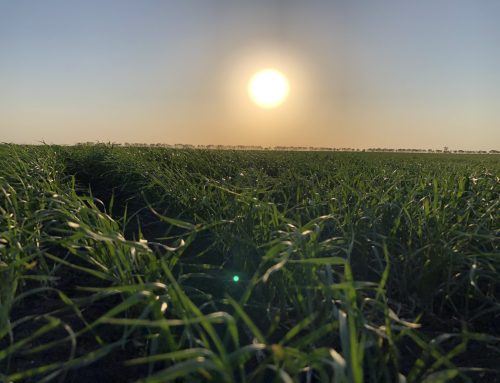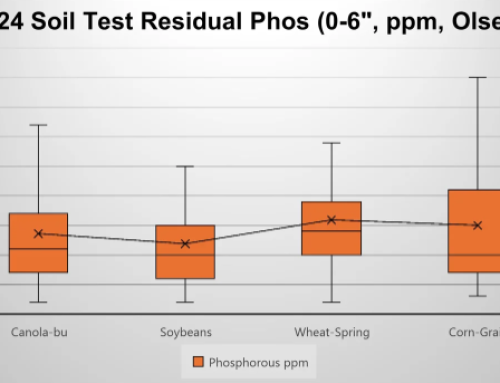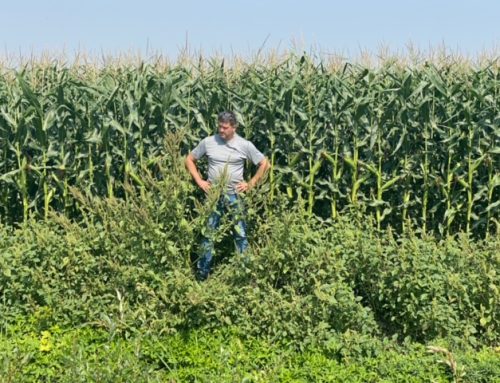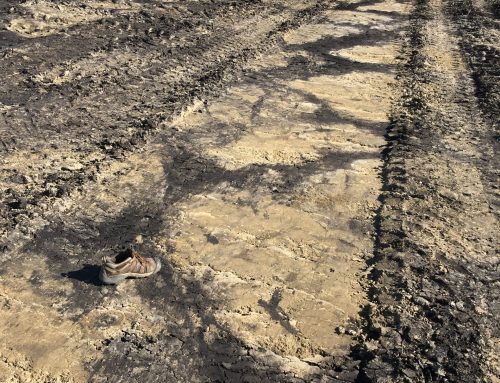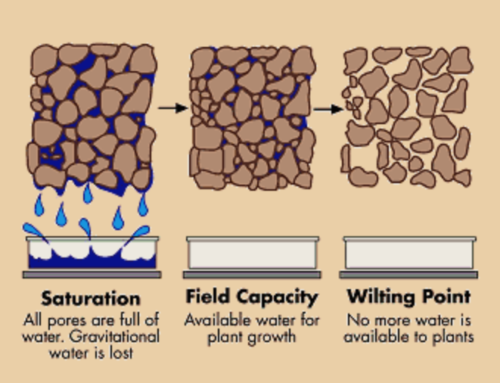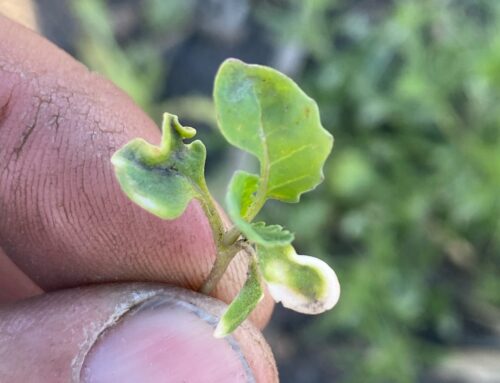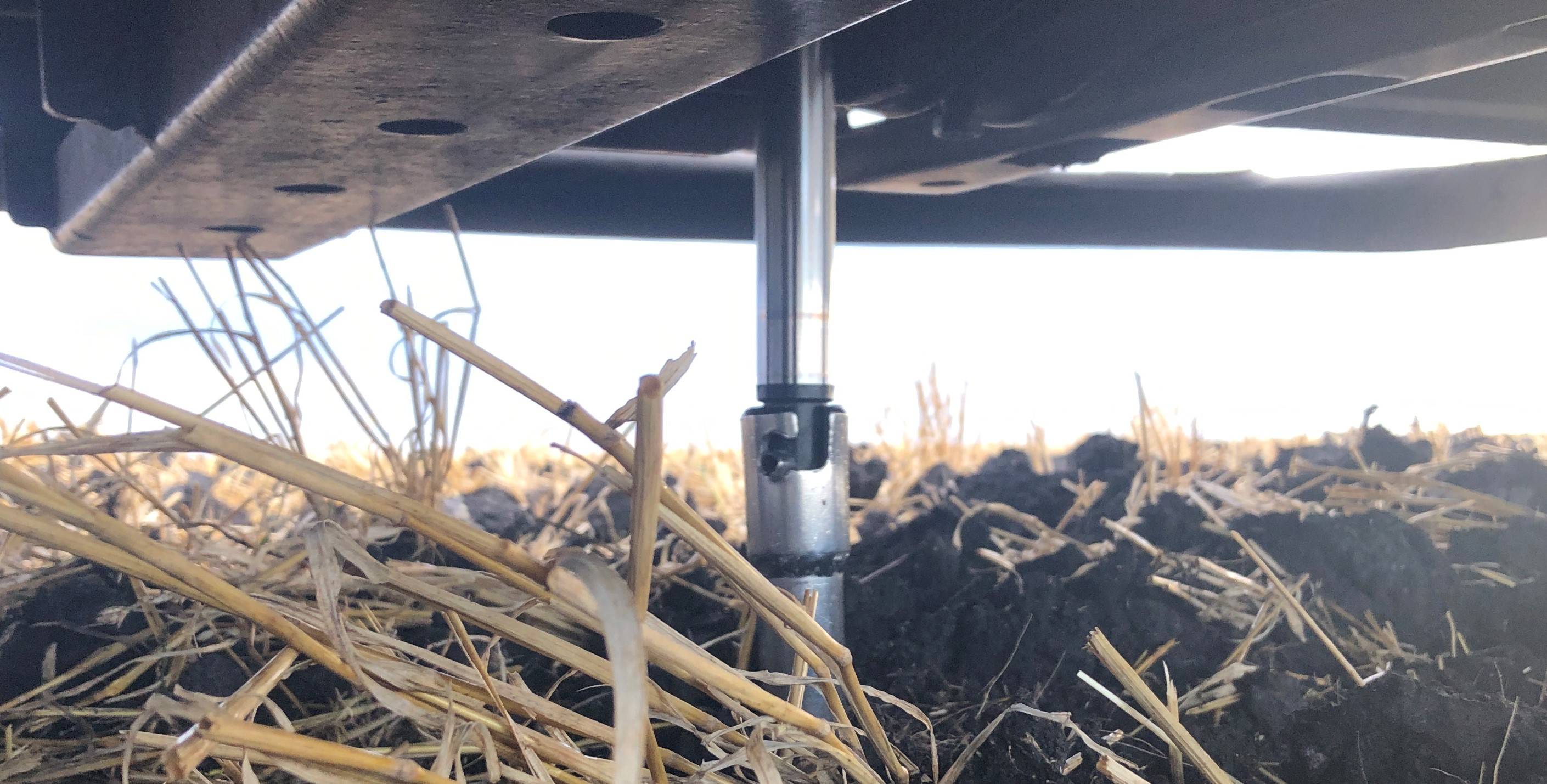
Over the years I’ve gotten a lot of questions around phosphate soil test levels. Its usually 1 of 2 questions. Why can’t I build my phosphate soil test levels or why are they drastically different this year compared to last?
To give a little background, the producers we work with farm what many might consider heavy clay soils. We are located on a flood plain and our soils are calcareous, 40+% clay and a pH ranging between 6.5 and 8.4. Olsen P tests routinely range between 3 and 10 ppm. There is lots more there, its just tied up.
Given phosphates tendency to get tied up in our calcareous soils, its very difficult for our growers to build soil test P levels. we don’t expect to move the needle very much year to year even with higher applications. Manure is the most cost-effective means of increasing our soil test P levels as long as there is a source available nearby.
What can affect your P soil test results?
Phosphate fertilizers are applied in the top 3-4” of a soil profile and don’t typically move much. One of the biggest challenges to getting accurate year to year results is a consistent sampling depth. It’s crucial to get an accurate 0-6” depth.

Moisture Conditions
If conditions are overly dry when sampling, the top inch or two is powdery and will often trickle down the sampling tube. You might think you are sending a 0-6” core to the lab when in reality it might be a 1-7” or 2-8” sample. The end result is a diluted sample with less topsoil and more subsoil.
The same problem can occur if you are sampling a stubble field vs a cultivated field. If your field is rough, where you core may be missing 3-4” of topsoil because its been moved aside in a clod.
Although less likely, wet conditions could cause the soil in the probe (depending on sampling methods) to compact and you can end up collecting a 0-7” or 0-8”sample diluting the higher concentration in your topsoil.
Location
Where we pull cores can also affect soil test P. There can be a lot of man-made variability going back 100 years that can still affect P levels to this day, old yard sites, pastures and fence rows can still test very high. Another factor is anywhere that fertilizer applications may have overlapped or skipped. Example: field corners, headlands and driveways.
Timing of sampling
Saturated soil conditions and frost events can also affect soil test P levels. These extreme events can cause a temporary release of P from soils and plant materials that could artificially inflate your numbers. If we take the fall of 2019 as an example, our sampling season started off drier than normal followed by unprecedented rainfall late in the season that kept us off the fields until they froze. Fields sampled before the rain tested below average for P and well above average following the frost event.
Why should producers sample every year?
We have to remember that a soil test is only an estimate or snapshot of what will be available to next season’s crop. I think that our P soil test methodology doesn’t do a good job of predicting what’s truly available. But until something better comes along it’s the best tool we have.
Over the last few years, we have started tracking 6-10 years of soil test results for our customers and benchmarking a collection of 60 or so fields over the same period. It’s really interesting to see the effect of weather and sampling conditions on different nutrient levels.
When we make fertility plans with customers, having a 5 to 10 year history of soil test trends readily available in a spreadsheet is invaluable! We can easily identify erroneous data and base fertility decisions on long term averages.
This is why we recommend that producers soil test yearly. If you have any phosphate related questions or comments please share them in the comments below. If you are a producer farming in the Red River Valley and want to learn more about our soil sampling program and or consulting services, please reach out!

